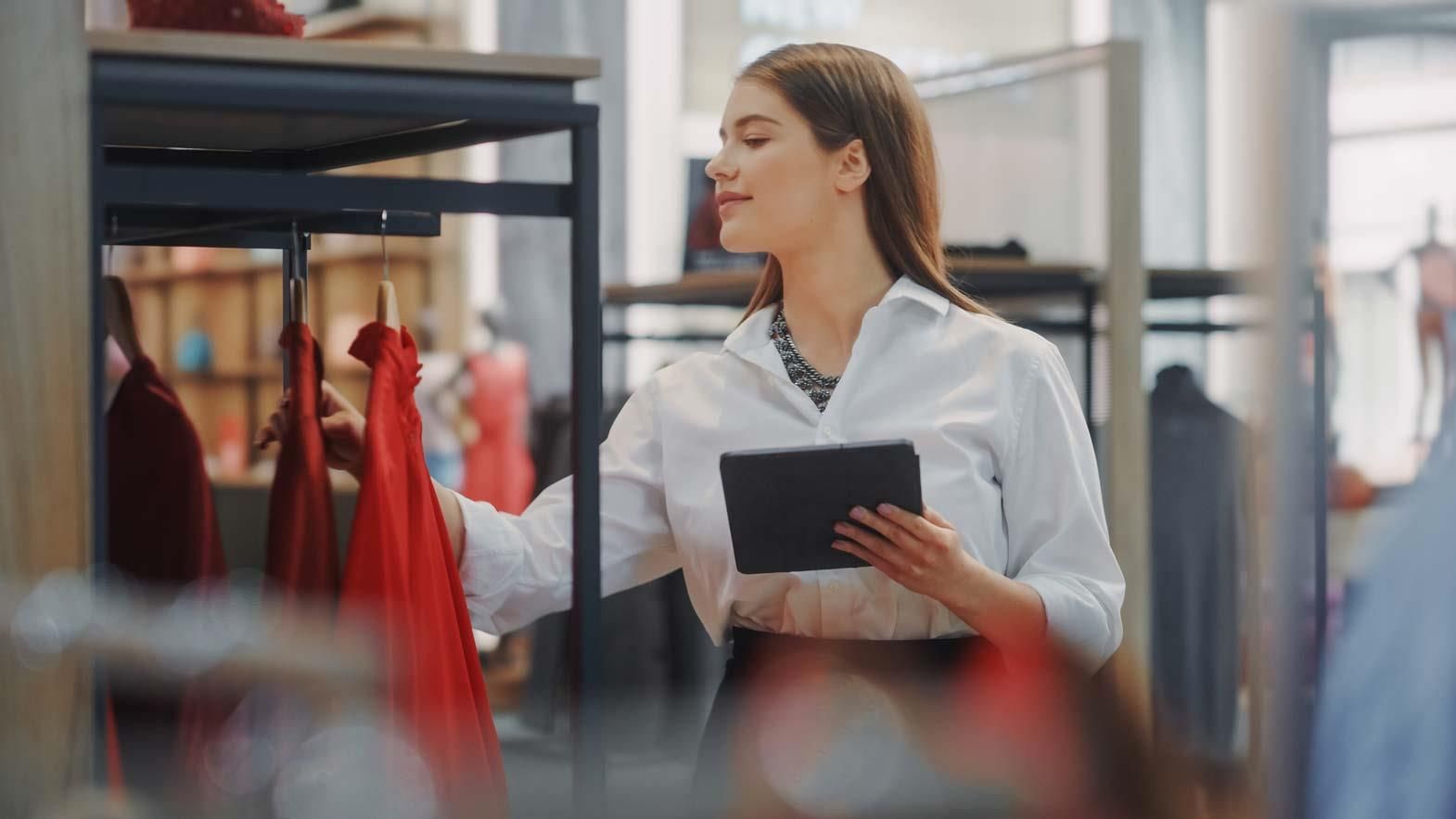"The next most important factor is quality," says Ian Mitchell, business unit director at Kantar Worldpanel Fashion. "Younger people are slightly less concerned about price but slightly more concerned about the look of the product, and older people [are] probably slightly more concerned about quality and just as concerned about price." "What this means" was the moot point. This was the main theme at a conference organized by the ASBCI (Association of Suppliers to the British Clothing Industry) recently, and the conclusion was "consumers want good value." But good value does not necessarily mean cheap because "the thing about price is that even cheap items get more expensive," he said.
The reality is that consumers are paying higher prices, but they're also buying fewer items. This has been a consistent trend over the last few years, according to Kantar figures, with prices for fashion products 1% higher last month compared to the prior year period. One thing that affects price is promotion, Mitchell said, because consumers find it difficult to resist. Last year, more than one in three fashion items were sold at a discount in the UK. As the cost of living continues to rise, "the challenge for retailers is to engage with their consumers."
The use of technology is also helping "retailers connect with their customers" and is growing fast across all age groups. Systems such as Click & Collect are booming, according to Mitchell, while Browse and Order (where consumers can order products via an in-store device) and contactless payments are also making shopping more convenient.
Consumers "want to know that they're getting a good price [and] good value so they don't have to shop around to see if they could have got it cheaper elsewhere. They want a choice because they're not loyal, and they want convenience [be it] online, high street, or a combination."
Consumer convenience
Realigning with consumers
It really starts with a relentless focus on the customer. For Asos, it's about understanding your customer and for us that's 20-somethings who love their fashion. Over the last 1218 months, Asos has refocused its collections by moving away from designer and premium brands towards more affordable lines. "For us, our key differentiator is about incredible choice and that really sets Asos apart." The online retailer has 60,000 products available at anyone time, with nearly 6,000 dresses, 800 brands including Asos own-brands, and 2,000 new products online every week. This choice, Batty said, means that offering something for its global consumer becomes a lot easier. "Size is also something we've focused on recently. Obviously people come in different shapes and sizes all around the world so we expanded our range to go from a 2 to a 28 and from an XXXS to an XXXL."
When it comes to identifying new markets and catering for its global business, Batty said: "It's really about focusing on demand and for us, that's about looking at where our current demand is coming from and reviewing that against market potential. China poses a huge opportunity because there are 27 times as many 20-somethings in the market as there are in the UK. "Then it's really about making sure you deliver, truly serving your customers, and understanding the customer and refining your composition.
The retailer, which can ship to Australia and the US in two days, said the introduction of free global shipping in 2010 "really transformed our international business overnight". Around 65% of total sales now come from outside of the UK. "In 2-3 years, its probably going to be closer to 75-80%," Batty said. "I think for us, the key really is globalisation of everything. It's not just the website, it's the globalisation of product, pricing, merchandising, marketing, and it's everything you do." The consumer shopping experience needs to be "seamless" whether it's through a mobile device or laptop, Batty noted, but added: "replicating that experience internationally gets harder and harder. Any payment method," any device, any language, anywhere in the world. That is a seamless engagement.
Batty said retailers need to listen to what consumers want and adapt accordingly. "Meeting the needs of the global consumer is challenging, it's expensive. You need to invest in a local website, local proposition, and local teams to make it successful. But it's rewarding if it's done correctly."
Virtual fitting
With one in four garments bought online being returned to retailers, getting the right fit is hugely important. Data from the virtual fitting room showed retailers lose 25% of their business in garment returns - and that for every 100 purchases; a retailer incurs around 161 shipments. Virtual fitting rooms allow shoppers to customize mannequins to their individual measurements so they can see how clothes look on them before they buy. The software also suggests which size would fit best - helping to reduce fit related returns for retailers. This level of personalization can help retailers increase sales by an average of 57% and reduce fit related returns by about 77%. As a customer, nobody would want to buy a right to return, but then, he wants to buy clothes that fit.
In the future, we have to build our industry to recognise the fact that the consumer is curious. We're all consumers. We all want to know what's going on. In the future, consumers will know everything about their product. The more we tell them, the more they will want to know," says a retailer and adds "Retailers and brands are going to be the face of the industry and we've got to find a way of creating that dialogue so we can talk to consumers on a level that they understand, a level that they enjoy, a level that is for them. And if we don't tell them, other people will tell them about their products."
This article was originally published in the November issue of the Stitch Times Magazine








Comments